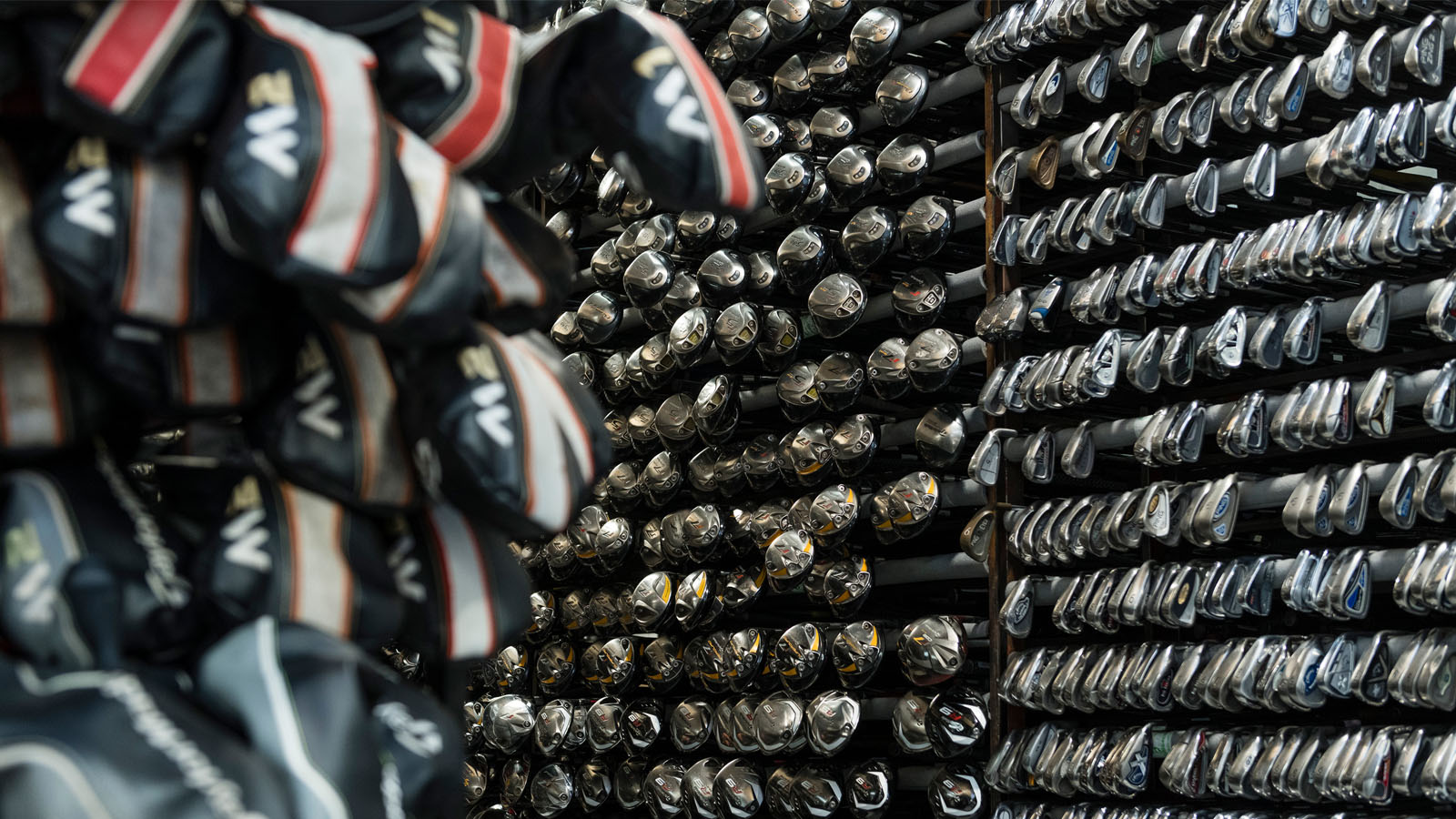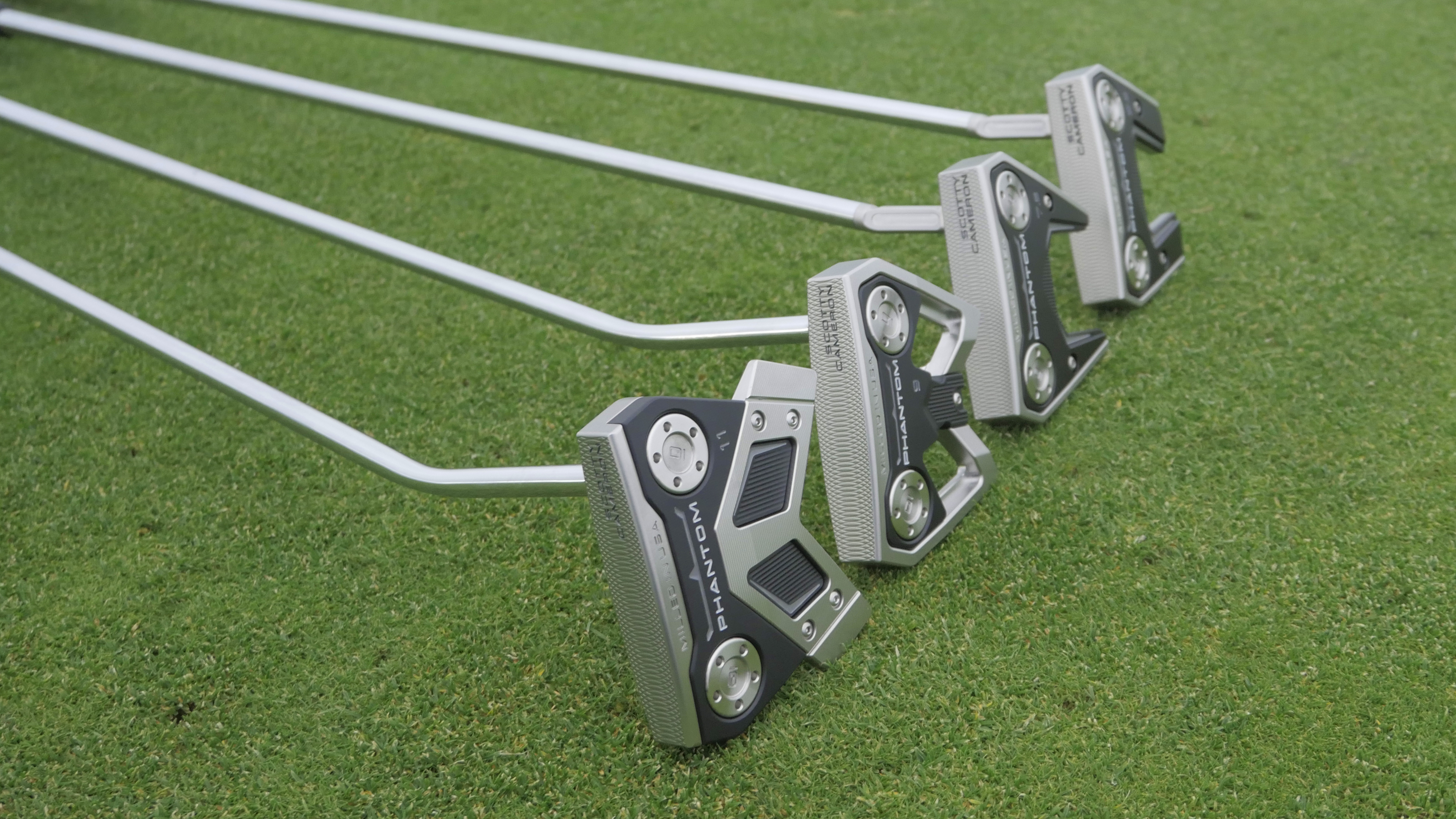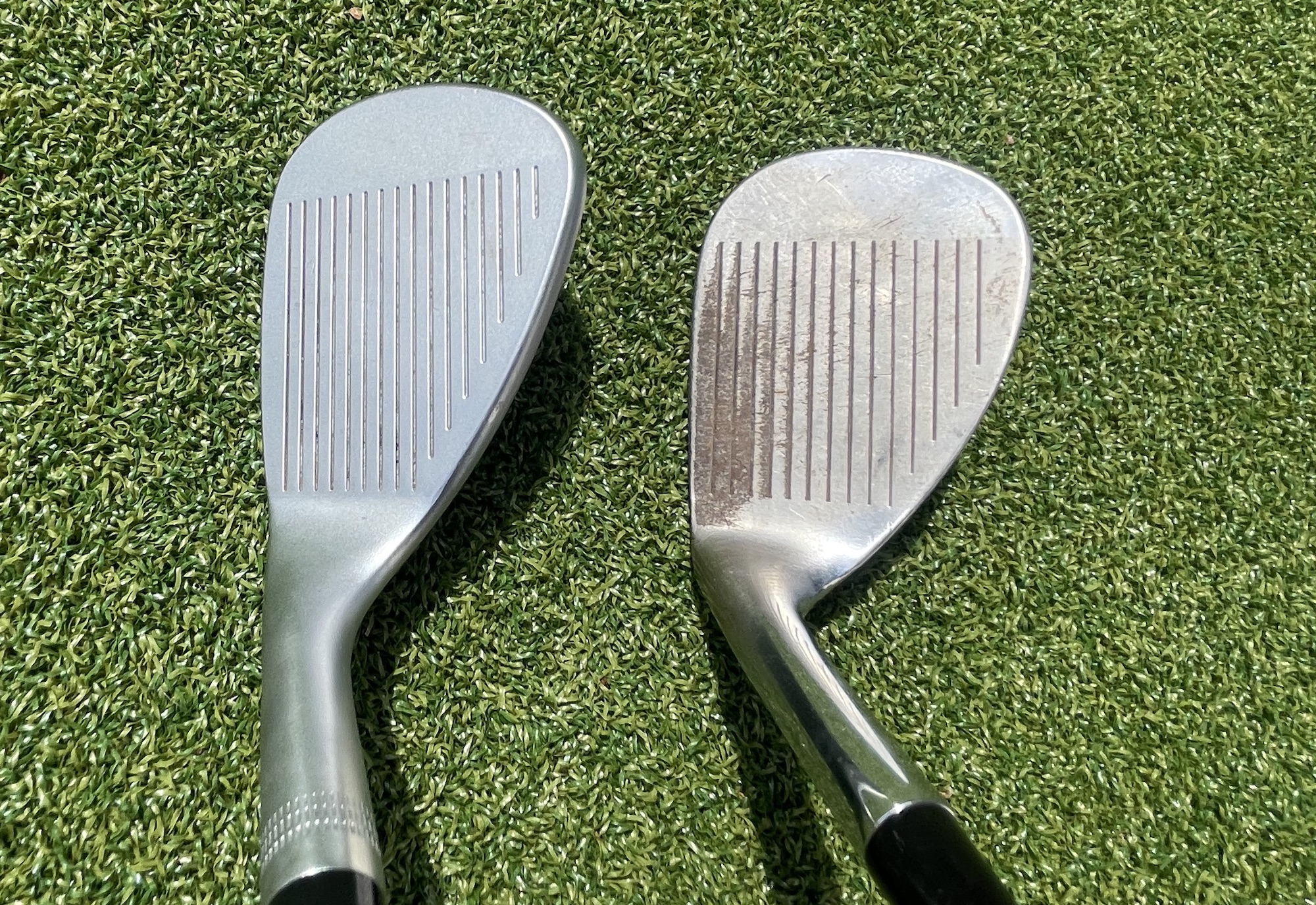
Golf can be an expensive business, especially if you’re someone who continually invests in the very latest equipment. Take a the best golf drivers, for example… that £500 barrier has been broken by many of golf’s leading brands. Top-end putters aren’t that far behind, whilst at the upper end of the irons market, a brand-new set of sticks is likely to cost you in excess of £1,000.
It’s no wonder that many of us choose to buy second-hand golf clubs, and it’s understandable that we would want to know more about which golf clubs retain their value the best. Say, for example, you spend £1,200 on a brand-new set of irons, how much can you expect to get back for them when you decide to upgrade in three years’ time?

According to golfclubs4cash, Europe’s largest retailer of second-hand golf equipment, the answer is fairly simple: the more desirable the product, the more it tends to hold its value. Typically clubs are valued based on their age and condition, which go hand in hand, but also brand equity. Just like the car industry, you have your big brands. In golf, it’s what golfclubs4cash call the ‘Big Four’ – that’s Ping, TaylorMade, Callaway and Titleist. Generally speaking, ‘Big Four’ products, which have a strong presence on the major Tours, are worth more second-hand.
Valuing equipment

There are exceptions. Not every new driver, for example, proves to be a hit with the consumer. Over the years there have been many examples of products that have, for whatever reason, flopped. Often it means that retailers are left with excess stock. Getting a good price a few years later for an item that didn’t sell well in the first place is unlikely to happen.
“Our process for valuing equipment is quite academic,” explains Dean Cracknell, Head Of Marketing, golfclubs4cash. “We use algorithms to determine the volume of stock of a given product or model. Then we would band that product into three or four different condition bands, and our valuation is simply based upon how much of a given club we have or don't have. Historical data then dictates how quickly that stock or product would turnover.
“So, at an extreme end, if we had a premium product that was in excellent condition that we hadn't sold one of for 12 months, and we already had a ton in stock, we’re not going to say no to it, but ultimately, we're not going to pay as much for it as the golfer perhaps did.
“That starts a whole conversation because the consumer has an emotional attachment to something that they've probably spent a fortune on. And sadly, regardless of its condition and regardless of what they paid for it, because it doesn't sell and turnover as quickly as we would like, we're not prepared to pay as much for it. So it's based upon demand for that product, how much of it we have and the condition that it's in.”

If there is one club that tends to hold its value more than any other, it’s the putter. Despite normally being used 30-odd times a round by most club golfers – more than any other club in the bag – they aren’t exposed to a great amount of wear and tear, assuming that you’re not in the habit of slamming the head into your bag every time you miss a short one.
And there is one brand that stands out for its second-value when it comes to putters. “We’re typically buying and selling Scotty Cameron for more than we did 12 months ago,” says Cracknell.
Collectibles
The good news, then, is that if you buy a new Scotty Cameron putter (they don't come cheap), there's a good chance that it's still going to be worth a decent sum if you ever come to sell or part exchange it. Who knows, you might have one collecting dust in the garage that's fairly collectable... a Scotty worth, maybe, £35,000. This is the most valuable item that golfclubs4cash has listed, a Scotty Cameron commemorative Tiger Woods putter that pays tribute to his 81 career victories on the PGA Tour (only 81 were made).
So, how do know if you have a collectible? There are a few indications that you can look out for. Hand-stamped or handmade clubs often indicate collectible value. Limited-edition releases, accompanied by proper numbering, are also worth noting, as is the presence of the term “Tour issue” on any club you might have.

Wear and tear
At the other end of the spectrum, you have your wedges. There’s a reason why a lot of PGA pros recommend upgrading your wedges or ‘scoring clubs’ every two to three years (more frequently if you play and practise regularly): they’re the fastest deteriorating clubs in your bag. As a result, your three-year-old wedge is unlikely to fetch a decent second-hand price. Who wants a wedge with worn grooves that hardly offers any spin?

A word of advice if you are looking to sell your golf clubs and get a decent trade-in value: look after your equipment and sell them via a reputable retailer. When you buy second-hand golf clubs from golfclubs4cash, each item is giving a condition rating, so you know exactly what the condition of the head, shaft and grip is like. By cleaning your golf clubs and keeping them in a good condition, it stands to reason that they should be worth a few extra pounds – money that you can put towards a new purchase.
Visit golfclubs4cash to upgrade your bag for less with preowned golf clubs and more.







